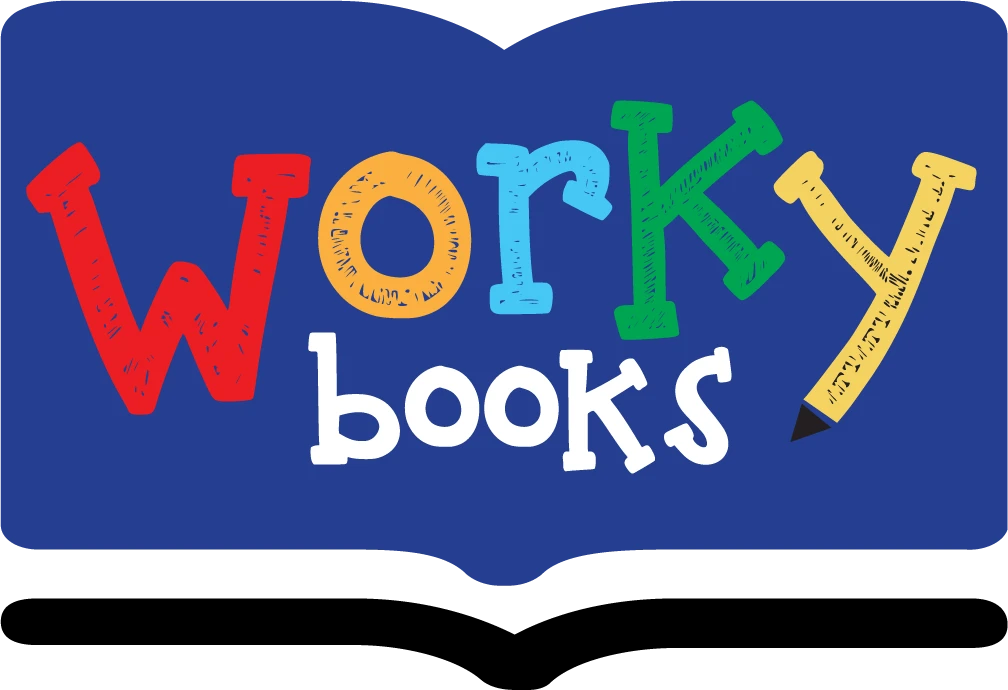How Heat Domes Form
A heat dome is an extreme weather event where high pressure traps hot air in an area, causing temperatures to rise signi...
RI.5.1
Main causes of a heat dome?
Heat domes are caused by specific atmospheric patterns, primarily involving high-pressure systems. These high-pressure a...
RI.5.1
Why the Great Barrier Reef Matters
This passage highlights the critical importance of the Great Barrier Reef for both nature and humans. It emphasizes the ...
RI.3.1RI.4.1
Life in the Great Barrier Reef
This passage delves into the rich biodiversity of the Great Barrier Reef. It describes the vast array of marine life, in...
RI.3.2RI.4.2
What is Weather?
This passage explains weather to children, describing it as the current outdoor conditions. It covers various weather ty...
RI.3.1RI.4.14.ESS2.D
How is Climate Different from Weather?
This passage distinguishes climate from weather for young readers. It defines climate as the usual weather patterns over...
RI.3.1RI.4.14.ESS2.D
Emma's Rainy Day Adventure
This heartwarming story follows sisters Emma and May as they transform a gloomy rainy day into a fun-filled adventure. T...
RL.1.1RL.2.2
Emma's Kite Day-Short Story
This engaging story captures the thrill of kite-flying on a windy day. Sisters Emma and May head to the park, where Emma...
RL.1.1RL.2.2
The Snowy Surprise
This enchanting story follows Emma and May as they wake up to a world transformed by snow. The girls' excitement is palp...
RL.1.1RL.2.2
The Foggy Morning Mystery-Short Story
This intriguing story follows Emma and May as they venture into a fog-covered world. Emma explains the phenomenon of fog...
RL.1.1RL.2.2
Emma's Sunny Day Picnic-Short Story
This cheerful story chronicles Emma and May's sunny day picnic adventure. It emphasizes sun safety with Emma's reminder ...
RL.1.1RL.2.2
Ms. Lee's Weather Watchers
This passage addresses NGSS K-ESS2-1 through systematic weather observations. Students learn to track and count differen...
ESS2-1RL.1.1
Sam’s Temperature Track
This passage supports NGSS K-ESS2-1 learning by tracking temperature changes throughout the day. Through simple observat...
ESS2-1RL.1.1
Jack’s Weather Journal
This passage addresses ESS2.D by demonstrating how to observe and record different weather conditions. Students learn ab...
ESS2-DRL.1.1
Ms. Chen’s Class Tracks the Weather
This passage supports ESS2.D learning by showing how students can track and measure weather conditions using simple tool...
ESS2-DRL.1.1
Learning About Clouds
This passage teaches basic cloud identification through simple comparisons to familiar objects. Students learn to distin...
The Weather Station
This passage explores how different weather measurement tools form a complete system. Students learn how various instrum...
Weather Warning
This passage demonstrates how weather scientists help communities prepare for severe weather. Students learn about the i...
Desert Storms
This passage explores how different regions face specific weather challenges and how communities use forecasts to stay s...
Cloud Pattern
This passage demonstrates how watching weather phenomena leads to scientific questions and investigation. Students learn...
Weather Station
This passage demonstrates how weather monitoring technology helps protect communities. Students learn how different tool...
Air Temperature: A Key Weather Variable
Air temperature measures how hot or cold the air is and is caused by the kinetic energy of air molecules. It is measured...
7.RI.7.1
Humidity: A Key Weather Variable
Humidity measures the amount of water vapor in the air and is caused by evaporation. It is measured using hygrometers an...
7.RI.7.1
Relative Humidity: A Key Weather Variable
Relative humidity measures how much water vapor is in the air compared to the maximum it can hold. It is measured using ...
7.RI.7.3
Air Pressure: A Key Weather Variable
Air pressure is the force exerted by air molecules and is measured using barometers in units like millibars and inches o...
7.RI.7.3
Wind: A Key Weather Variable
Wind is the movement of air caused by differences in air pressure. It is measured using anemometers and wind vanes and p...
7.RI.7.2
Tools Used in Weather Forecasting
Aligned with NGSS K-ESS3-2, this activity introduces kindergarten students to the tools and methods used in weather fore...
Weather Tools & Measurements Word Sort
This word sort activity connects weather measurement tools with their corresponding measurements. Students match 12 weat...
Climate Zones Word Sort
This word sort activity helps students understand different climate zones through real-world locations. Students classif...
Climate Characteristics Word Sort
This engaging word sort activity explores the distinct features of wet and dry climates. Students categorize 12 differen...
Observing Weather Conditions
This kindergarten-level activity aligns with NGSS K-ESS2-1, helping students learn about different types of weather cond...
Clothing for Different Weather Conditions
Aligned with NGSS K-ESS2-1, this activity introduces kindergarteners to the concept of appropriate clothing for various ...
Seasonal Weather Patterns
This word sort activity is designed for kindergarten students studying NGSS K-ESS2-1. In 'Seasonal Weather Patterns,' ch...
Weather Patterns by Region
This grade 3 activity engages students in matching weather patterns with specific regions. Students categorize terms lik...
Weather by Season
This activity for grade 3 students focuses on identifying typical weather conditions for each season. Students categoriz...
Climates Around the World
This activity for grade 3 students introduces the concept of climates in different regions of the world. Students match ...
Daylight Through the Seasons
In the 'Daylight Through the Seasons' activity, students will explore how daylight varies throughout the year. By sortin...
Seasonal Daylight Patterns
The 'Seasonal Daylight Patterns' activity helps students learn how daylight duration shifts across the year. Using relat...
Clouds: Formation and Types
Clouds form when warm, moist air rises and cools, reaching the dew point. They come in types like cirrus, cumulus, and s...
7.RI.7.2
Precipitation: Types and Measurement
Precipitation includes rain, snow, sleet, and hail, forming when water droplets in clouds grow large enough to fall. It ...
7.RI.7.3
Air Masses: Types and Characteristics
Air masses are large bodies of air with similar temperature and humidity. They form over specific regions and influence ...
7.RI.7.1
Weather Fronts: Types and Impacts
Weather fronts are boundaries between air masses that bring weather changes like precipitation and storms. Types include...
7.RI.7.3
Cyclones and Anticyclones: A Comparison
Cyclones are low-pressure systems that bring stormy weather, while anticyclones are high-pressure systems that bring cle...
7.RI.7.1RI.5.3RI.5.5RI.6.9
Cold Fronts and Warm Fronts: A Comparison
Cold fronts bring thunderstorms and cooler temperatures, while warm fronts bring light rain and warmer temperatures. Bot...
7.RI.7.3RI.5.3RI.5.5RI.6.9
Latitude: A Key Factor Affecting Climate
Latitude determines a region’s climate by affecting sunlight and temperature. Tropical regions near the equator are warm...
RI.5.3
Large Bodies of Water: A Key Factor Affecting Climate
Large bodies of water moderate temperatures, making coastal regions milder. They also contribute to humidity and precipi...
RI.5.5
Elevation: A Key Factor Affecting Climate
Elevation influences climate by causing temperatures to drop as altitude increases. High-elevation areas receive more so...
RI.5.3
Mountain Ranges: A Key Factor Affecting Climate
Mountain ranges affect climate by creating rain shadows, blocking wind, and forming microclimates. They play a key role ...
RI.5.5





















































